AFTER HOURS (1985)
An ordinary word processor has the worst night of his life after he agrees to visit a girl in Soho he met that evening at a coffee shop.
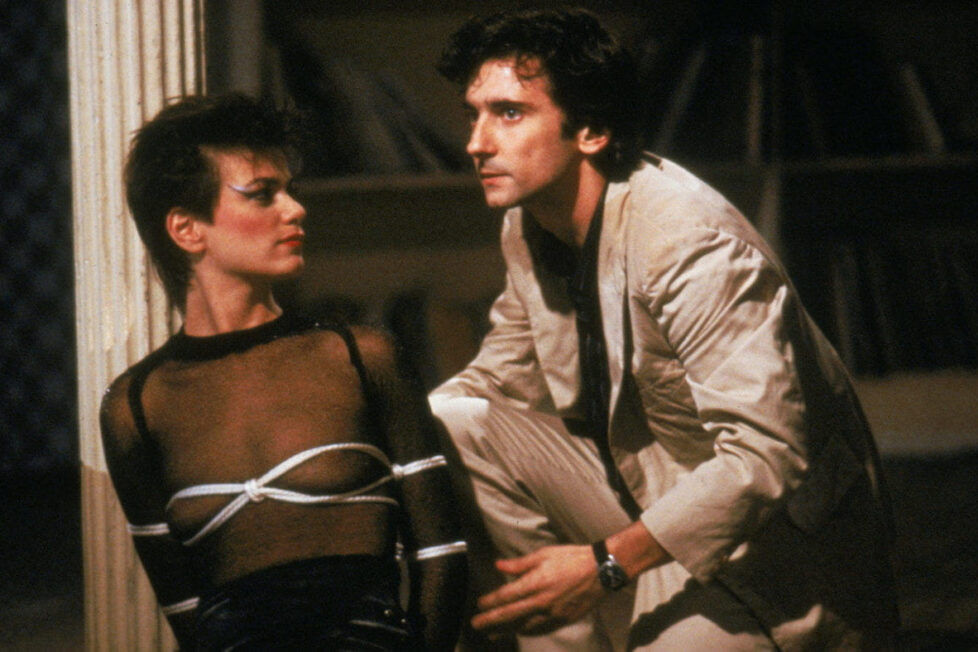
An ordinary word processor has the worst night of his life after he agrees to visit a girl in Soho he met that evening at a coffee shop.


With an illustrious career spanning five decades, Martin Scorsese’s one of the most influential filmmakers and important voices in Hollywood. Alongside Francis Ford Coppola (Apocalypse Now), Brian De Palma (Carlito’s Way), and Steven Spielberg (E.T. the Extra Terrestrial), the writer-director helped reinvent American cinema by making intensely personal films indebted to the history of cinema. During the 1980s, he was a critical darling who’d already created such timeless classics like Taxi Driver (1986) and Raging Bull (1980), but one of his more obscure works uncommonly measured against his masterpieces was a nightmarish exploration of the bohemian underbelly of New York City. Representing a stylistic exercise unmatched throughout his career, After Hours is a dalliance with danger indebted to Franz Kafka.
Taking place over the course of one night, Paul Hackett (Griffin Dunne) is an ordinary computer word processor working in NYC. While venturing out in search of carnal pleasures, he meets Marcy (Rosanna Arquette) in a coffee shop near his apartment building; a mysterious and alluring young woman who begins a conversation after noticing him reading a copy of Henry Miller’s Tropic of Cancer. After their brief encounter, they exchange numbers and Marcy indirectly invites him to her apartment.
Later that night, Paul spontaneously calls Marcy in an attempt to escape the existential void of his monotonous life and, on the elusive promise of a sexual encounter, he orders a taxi to her place in the unfamiliar neighbourhood of SoHo. Once there, after finally getting to know Marcy, her cryptic behaviour impels Paul to return home… which proves to be a task far more difficult and dangerous than he ever thought possible. While encountering various colourful character and a series of absurd scenarios, his nighttime journey unravels in ways completely unimaginable.
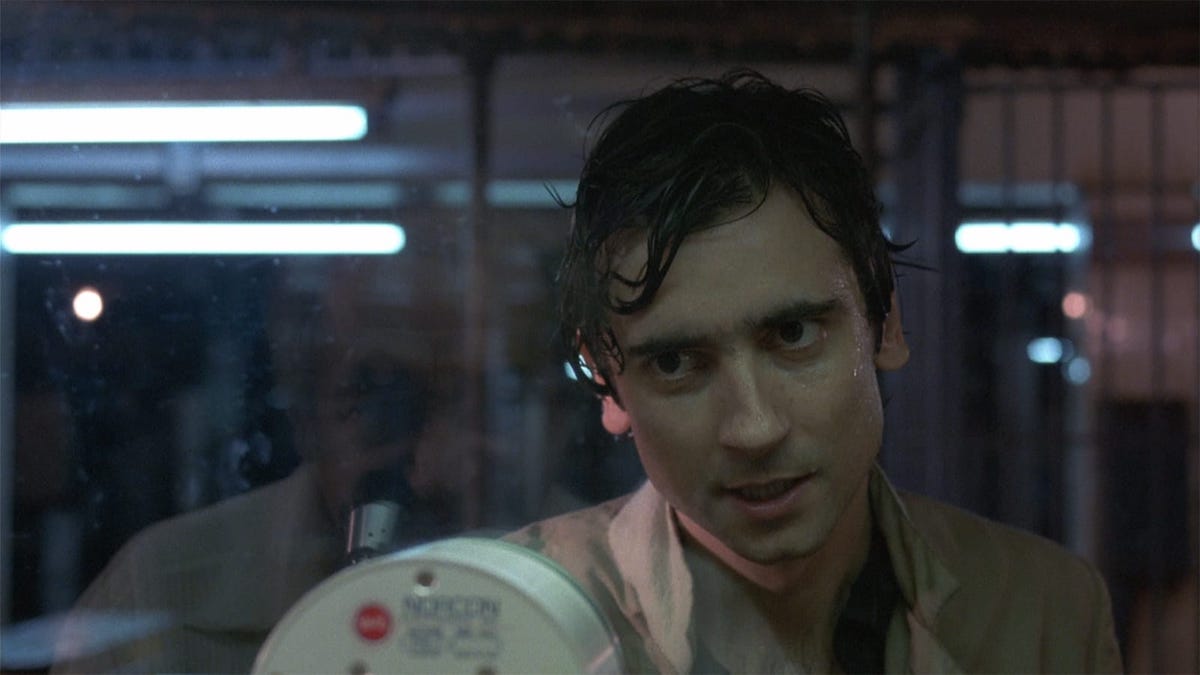
Perhaps best known as Jack from An American Werewolf in London (1981), Griffin Dunne powers though the delirium with comically neurotic zeal. As the unassuming computer analyst Paul, the actor maintains a certain likability that makes his character a sympathetic everyman. As he becomes lost in a nocturnal vortex of insanity where everything seems cosmically stacked against him, we can’t help but emphasise with his plight and hope he’ll eventually escape. It’s a sympathetic performance and that actor portrays the character with complete sincerity throughout.
Rosanna Arquette (Desperately Seeking Susan) also delivers a mesmerising and zealous performance as Macy; embodying the classic blonde archetype that reappears throughout Scorsese’s filmography, she particularly shines during the first act. Characterised by prescription medication and open acknowledgment of her mental health issues, Arquette paints a complete portrait of a woman teetering on the brink and unleashes a rollercoaster of emotions that are equally funny and frightening, especially when events taken an abrupt turn.
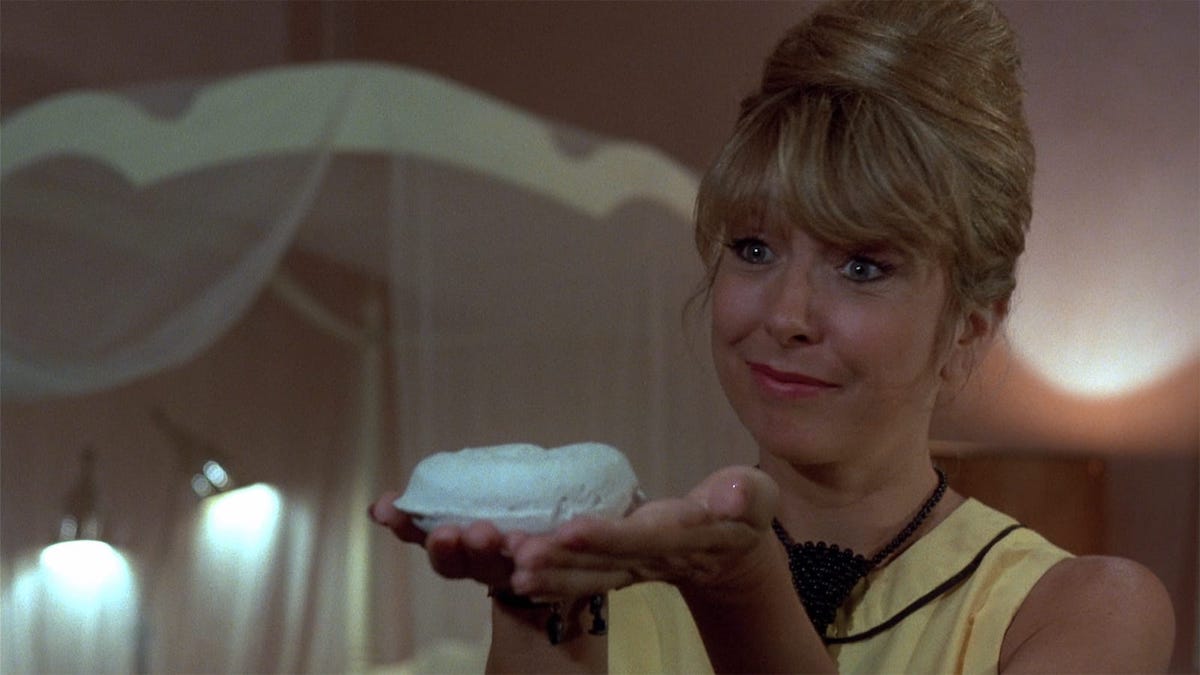
The supporting cast contains a number of recognisable comedians and colourful personalities that fill the screen with unhinged verve and vitriol. Linda Fiorentino (Dogma) injects a jolt of personality into the proceedings as Marcy’s roommate, Kiki, a sculptor who specialises in recreating figures that resemble petrified victims. Perfecting the aggressive femme fatale archetype she would later perfect in John Dahl’s The Last Seduction (1994), Fiorentino’s inscrutable beauty hints at forbidden pleasures.
Elsewhere, Catherine O’Hara (Home Alone) attempts to annihilate Paul’s sense of masculine sexual confidence as Gail, an unrepentant joker convinced he’s a burglar and who quickly becomes a firm believer in vigilante justice. Additionally, John Heard (Cutters Way) is an unusually friendly bartender that ties into the events in unpredictable and entertaining fashion. Finally, Cheech Marin (Desperado) and Tommy Chong (Up In Smoke) appear as a pair of streetwise burglars who bring Paul’s evening to an abrupt end.
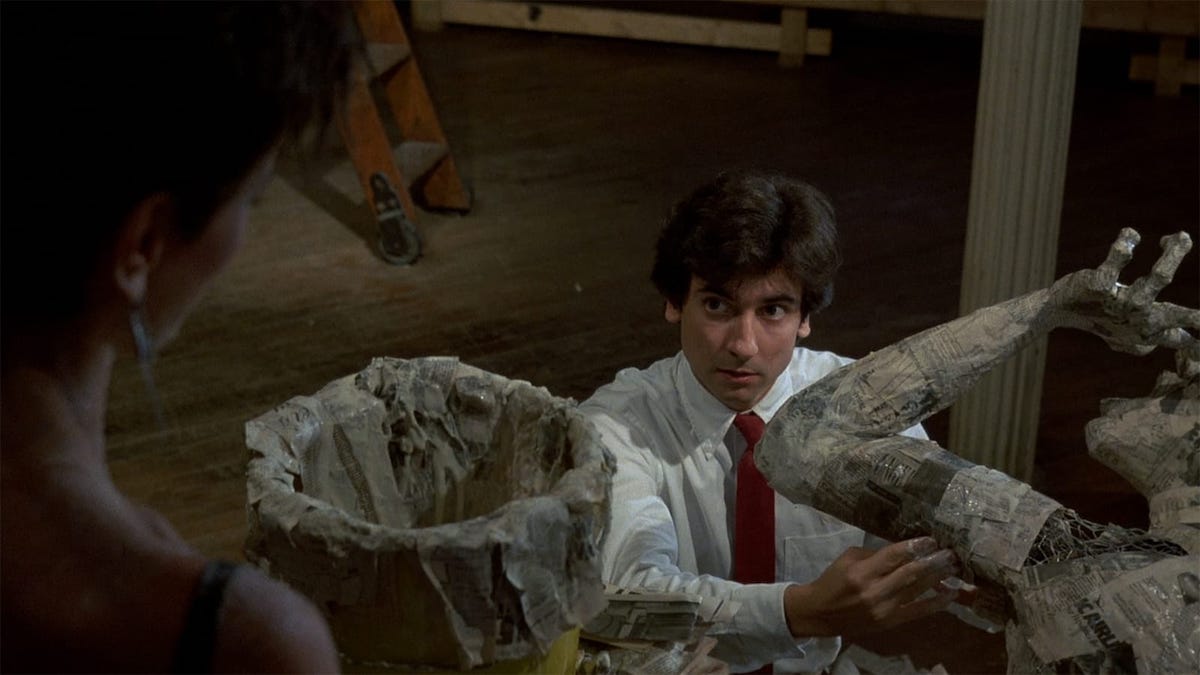
Inspired by Joe Frank’s radio monologue Lies, Joseph Minion’s (Vampire’s Kiss) screenplay parallels Scorsese’s own beleaguered state during this time in his career. Despite receiving critical acclaim for Raging Bull, the 1980s was a turbulent decade for him. He was notoriously overcoming substance abuse while attempting to regain his artistic relevancy by deviating from thematic conceits that made him famous and exploring other avenues including comedy, television, and music videos. After experiencing such profound professional disappointment following the commercial failure of the magnificent The King of Comedy (1982) and Paramount’s abrupt cancellation of The Last Temptation of Christ (1988), Scorsese was understandably fascinated with this tale of a straightforward man thwarted by obstacles and inexplicably obstructive people conspiring against him.
Scorsese was also eager to prove to his contemporaries that he was capable of working within Hollywood’s bureaucracy despite his setbacks. After rejecting scripts for Beverly Hills Cop (1984) and Witness (1985), he received After Hours from producers Amy Robinson (Mean Streets) and Griffin Dunne and was intrigued by the challenge of a small budget independent production harkening back to his early filmmaking days. “I thought it would be interesting to see if I could go back and do something in a very fast way,” Scorsese later reminisced. “All style. An exercise completely in style. And to show they hadn’t killed my spirit.”
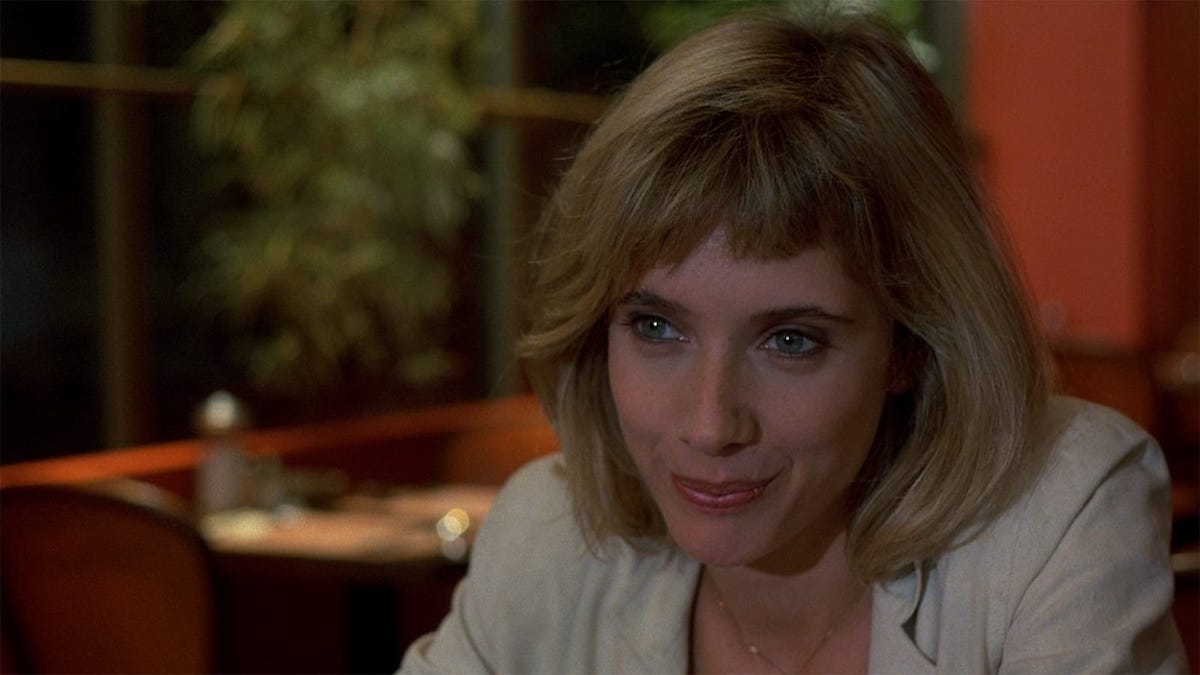
Scorsese’s enthusiasm and motivation permeates every frame as sequences bristle with energy and visual flourishes. Michael Ballhaus’s dynamic cinematography accentuates the delirium and creates a relentless momentum that emphasises Paul’s dissociative emotional state. The disorienting camera angles are awash with neon lights, illuminating face with reds and blues. After Hours was Scorsese’s first successful collaboration with the German cinematographer, who would later lens Goodfellas (1990), The Age of Innocence (1993), and The Departed (2006).
While working under prolific director Rainer Werner Fassbinder on several projects including Martha (1974) and Satansbraten (1976), Ballhaus became familiar with small budgets, tight schedules, and passionate directors. However, alongside Scorsese he developed innovative camera movements supported by the mobility of the Steadicam. After Hours was filmed during the nighttime and required Ballhaus to frequently improvise camera movements. The pivotal moment of Kiki dropping her keys from the window couldn’t be digitally fabricated in the mid-’80s and involved a complicated setup that required attaching the camera to a board and then dropping it towards Dunne. Unfortunately, the footage was distorted and unusable. However, Ballhaus proposed a terrifying manoeuvre involving a crane which ultimately worked.
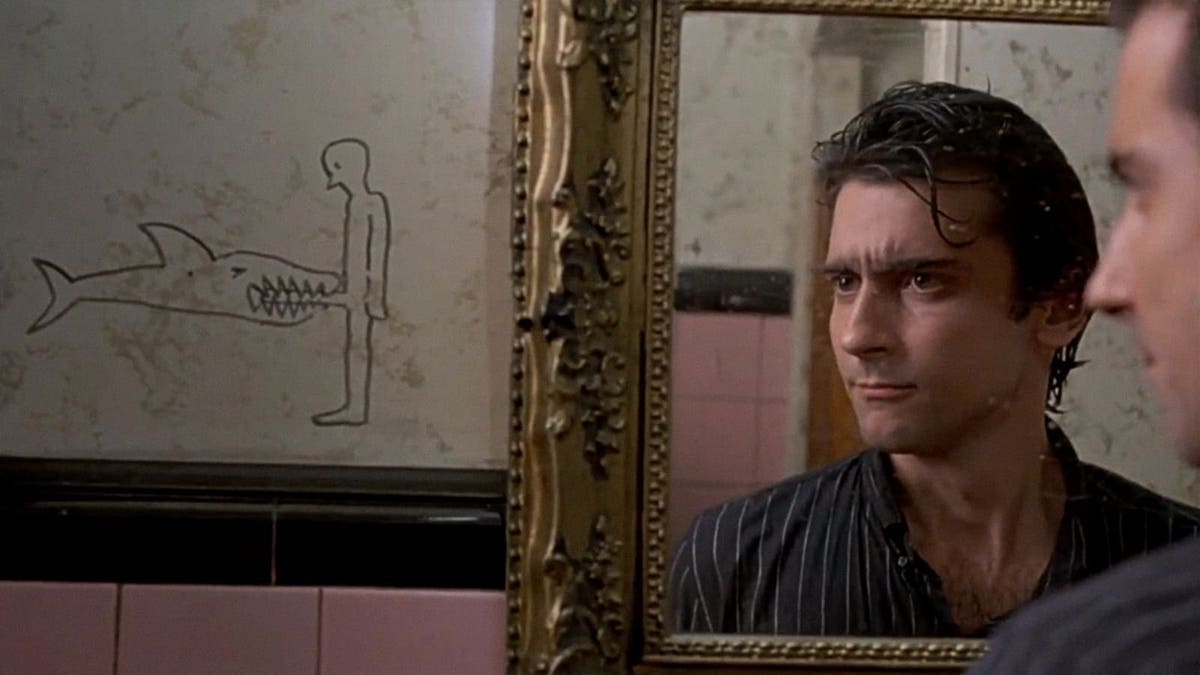
Although almost every sequence has been designed to be disconcerting, Scorsese’s cinematic vocabulary remains aggressively on display. Drawing inspiration from Alfred Hitchcock, Notorious (1946), Rear Window (1954) and Marnie (1964) all make stylistic cameos. However, the most obvious allusion to the Master of Suspense is Scorsese’s deliberately fixation on objects to create the illusion of importance. The camera repeatedly fetishises items including money, telephones, clocks and buttons.
As Paul encounters various colourful characters during his decent into New York’s nightmarish underworld, these objects become equally as important as Guy Haine’s cigarette lighter in Strangers on a Train (1951) or Norman Bates’s knife in Psycho (1960). Seemingly innocuous instruments suddenly become underlined with incredible significance to the narrative. Scorsese’s deliberately takes advantage of these filmmaking techniques to perfectly showcase Paul’s irrational mistrust and consuming paranoia. Accompanied by Thelma Schoonmaker’s (The Irishman) unrelenting editing skills, it serves as a brilliant tool of inciting sensations of unease and exasperation in the audience.
The early-1980s marked a period of Scorsese’s career in which he experimented with his range as an artist and branched out into new genres. While The King of Comedy was an hilarious cynical exercise on celebrity, After Hours remains the only comedy of his extensive oeuvre. The filmmaker’s orchestration of Paul’s extreme misfortune as he uncontrollably becomes intertwined in a series of increasingly absurd encounters translates into an exhausting yet hilarious experience.
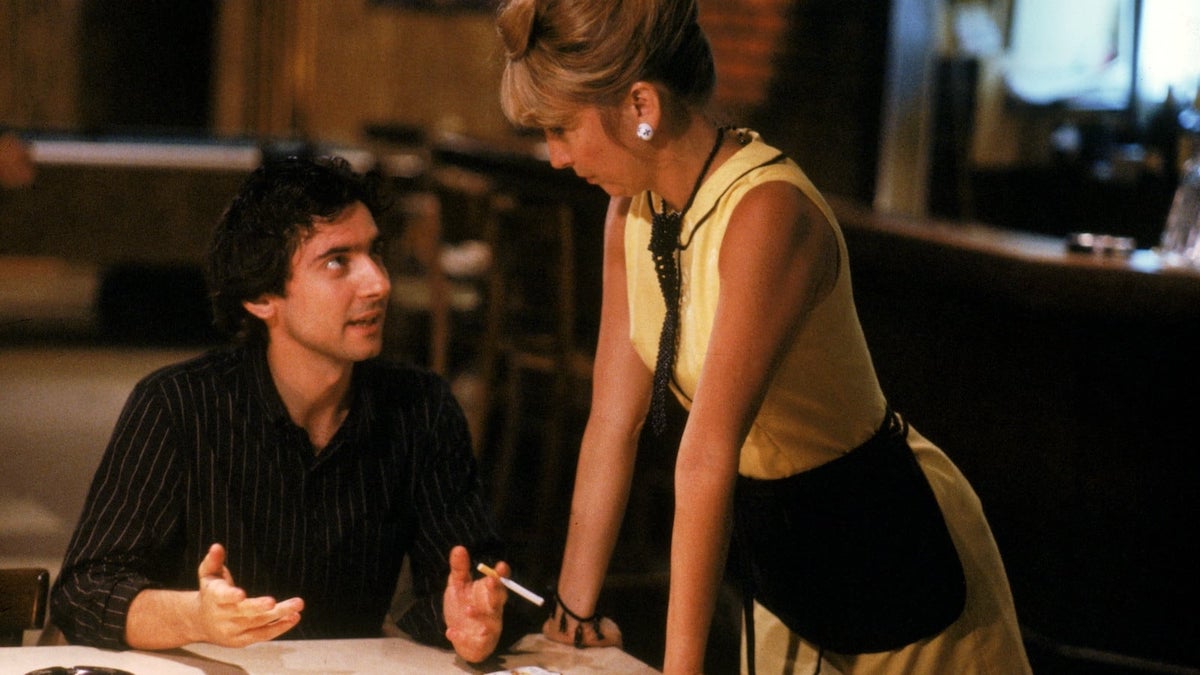
There are a number of wonderfully amusing sequences infused with nightmarish tension that will undoubtedly generate nervous exasperation amongst viewers. The biggest laugh arrive during what could be arguably considered one of the most horrific moments. While hiding from a vigilante group amongst a fire escape, Paul witnesses an argument through the window of an apartment building. The situation naturally escalates and eventually culminates with a woman murdering a man. He murmurs to himself “I’ll probably get blamed for that.” There’s almost never a moment of calm as Paul gets dragged deeper into his increasingly absurd odyssey. He’s figuratively trapped inside a living version of Edvard Munch’s “The Scream” before voluntarily succumbing to literal imprisonment of Kiki’s cheap facsimile. The premise could have easily become a broad comedy reminiscent of Adventures of Babysitting (1987) or Blind Date (1987) in the hands of other filmmakers, but Scorsese successfully achieves a precise tonal balance that’s relentless in its danger and surrealism.
Unlike Taxi Driver, Raging Bull, and Goodfellas, After Hours is frequently missing from conversations about Scorsese’s career. It received a smaller release than most independent productions and eventually grossed a modest $10M during its initial box office run. However, while it wasn’t commercially successful, it did receive the recognition it deserved critically and would ultimately prove to be an important entry in Scorsese’s filmography. It breaks free of conventions and conveys the passion usually found inside aspiring filmmakers. Fuelled by the commercial failure of The King of Comedy and dejection over The Last Temptation of Christ, the filmmaker displays his unfiltered frustrations through Paul’s endless suffering. It may confuse generations raised with the internet and smart phones but After Hours captured Scorsese’s mastery of the cinematic medium. Although his later work had greater budgets, this is exactly why the filmmaker from became an inspiration to a generation of film students.
USA | 1985 | 97 MINUTES | 1:85:1 | COLOUR | ENGLISH

The Criterion Collection releases After Hours on Blu-ray with a remarkable 1080p transfer. Sourced from Martin Scorsese’s personal 35mm camera negative and approved by editor Thelma Shoonmaker, it’s presented in its original aspect ratio 1:85:1. After being regulated to a DVD only release, the quality on this release is stunning.
The levels of detail are sublime and viewers will appreciate the transfer’s ability to clearly showcase even the finest of textures. Individual patters and clothing threads are discernible in different lighting conditions. Subtle spatters on Kiki sculpture appear naturally sharp and stable across the entire frame. Flesh tones appear natural and facial complexions appear visible, revealing the finest blemishes and beads of sweat on Paul’s monobrow. Despite the darkened interiors, the colour grading intensifies the palate as much as possible. New York’s neon lights are well saturated with reds and blues receiving a healthy boost. The film grain is beautifully rendered and there aren’t any noticeable noise fluctuations throughout. There are no serious stability issues to report with damage marks and debris having been removed as best as possible. Overall, the picture enjoys a substantial improvement and looks considerably better than the previous DVD release.
Unfortunately, there’s only on standard audio track on this release with optional subtitles. It’s immediately obvious Criterion have restored the English LPCM 1.0 track. Although the track priorities the dialogue there’s a surprising amount of dynamic to the midrange. The music is certainly a highlight and a necessary ingredient for shaping the viewers experience. Howard Shore’s (Naked Lunch) haunting score is wonderfully rounded and has never sounded better. It’s well-balanced and sweeps the soundstage during key moments such as the Berlin Club sequence.
Supporting sound effects also create an immersive atmosphere and are nicely implemented through the channels. The bustling city of New York sounds incredibly great and can be heard clearly, while more distant sounds like traffic noises and rattling engines are handled nicely. It’s immediately obvious Criterion restored the English LPCM 1.0 track, so although the track prioritises dialogue there’s a surprising amount of dynamism to the midrange.

director: Martin Scorsese.
writer: Joseph Minion (some story portions written by an uncredited Joe Frank).
starring: Griffin Dunne, Rosanna Arquette, Verna Bloom, Thomas Chong, Linda Fiorentino, Teri Garr, John Heard, Richard Cheech Marin & Catherine O’Hara.
